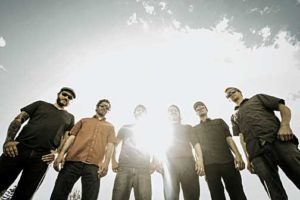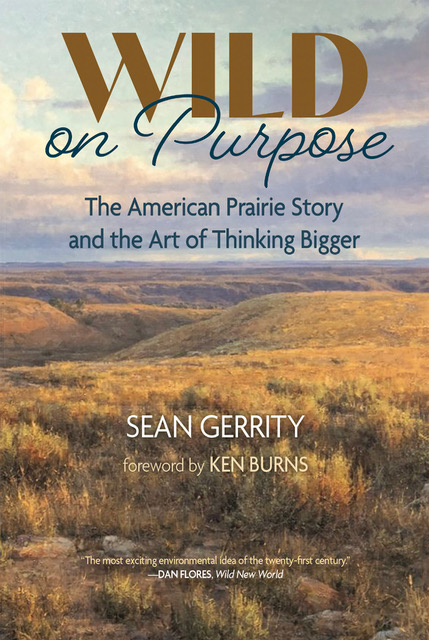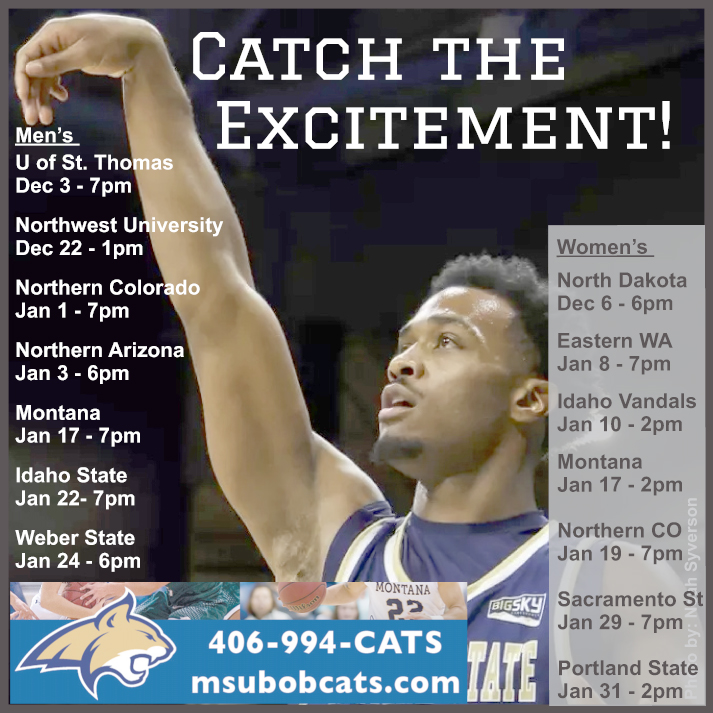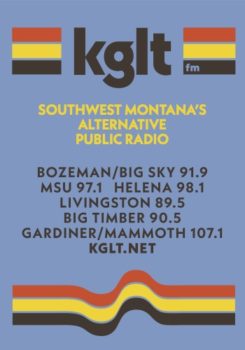
Cure for the Common
Bozeman’s own funk/rock arsenal Cure for the Common returns to our snow-covered valley for a Saturday night spectacular at The Eagles Lodge Ballroom on January 14th. Combining their affinity for deep dance grooves and a love for searing progressive rock peaks, the boys have found a home on the national circuit with an all-original sound that has been shaking a nation one stage at a time.
The grassroots movement has landed the band at festivals including Wakarusa, Contour Music Festival, and Purple Hatter’s Ball, as well as on lineups alongside heavyweights like Thievery Corporation, Big Gigantic, STS9, Umphrey’s McGee, Galactic, Twiddle, Dopapod, Papadosio, and more.
Concertgoers can expect a variety of entertaining musical options from their diverse catalog, including numbers from their latest effort The Squeeze. Come for an energetic dance party (“Get Some”), an engaging progressive rocker (“Bizarre The Days”), some uplifting gospel-influenced rock (“The Squeeze”), conscious and urgent hip-hop (“Let’s Ride” and “Gas Can”), light and joyful reggae grooves (“Backbone”), the musical epitome of what “electro thunder funk” is all about (“Digital Black Out”), and so much more. Prepare for the show by streaming The Squeeze on Spotify, iTunes, and other digital music platforms.
Cure for the Common is comprised of Joe Sheehan (drums, vocals), Jordan Rodenbiker (bass), Garrett Rhinard (keys, vocals), Matt Rogers (guitar), Steve Brown (vocals, guitar), and Frank Douglas (lights, spoken word).
Welcoming them back to where it all began, and in anticipation of their upcoming Eagles Lodge Ballroom show, The Rolling Zone was able to get Sheehan on the phone to talk uniting the styles of the band’s many members to create a musical experience not so common.

Joe Sheehan
RZ: Hey Joe. How are you doing today?
JS: I’m well. How are you doing?
RZ: Good. Thanks so much. How was your holiday?
JS: It was great. Went back to the Seattle area and spent some time with my folks and had a really pleasant time. Just got back last night—heading back to the grind.
RZ: Sweet. Cure for the Common provides an experience you’ve dubbed “Montana-grown electro thunder funk.” Take us into that a bit.
JS: Our genre has been evolving from day one. It’s a combination of a lot of diverse influences we all bring to the table, many of which we share [and] many of which are unique to each of us. That was our best effort to summarize what we do, something that was captivating from a cursory standpoint and also descriptive and accurate. What that really comes down to is a lot of rock ‘n’ roll—a groovy rock ‘n’ roll base with heavy influences of funk and electronic music, in addition to a standard rock instrumentation. A lot of keyboards, synthesizers, effects pedals, and things like that. It can definitely get psychedelic and what not. We like to improvise and get into uncharted territory where we can all branch out and see where it takes us.
RZ: For those who haven’t been, what can people expect from a Cure for the Common performance?
JS: It’s going to cover a lot of ground. We generally don’t like to limit ourselves too much in terms of what we are willing to play or not play. We stay very much in the groovy, kind of rock ‘n’ roll funky kind of vein, but there’s a lot of soaring peaks and dynamic low sections. We get heavy and we get spacey and ethereal. I’d like to think we cover a lot of ground and stir up a lot of different emotions for people, which is what we aim to do.
RZ: As an extension of that, how is your music presented live—in terms of using set lists versus improvisational techniques?
JS: We try to write set lists for most shows, unless it’s one in a less formal situation where we just want to wing it and see where the night takes us. But we definitely allot room within a structured set list to jam and segue between a couple of different songs, using it as a vehicle to get from one place to another.
RZ: Taking it back, how did this group of guys decide to come together?
JS: We started in 2008. I was introduced to our founding guitar player by a mutual friend in the College of Music at MSU. [Then] met another one of our original members on Craigslist, met another one through a friend, and we just started jamming in a basement on West Babcock. One thing led to another, and we decided to try and put together a little set and open a show for a band in town we were friends with who had a little bigger following. That was at the Zebra, our first show. From there on out, kind of grew and grew. By now we’ve played pretty much every room in town.
RZ: Who makes up Cure for the Common as it is today?
JS: We’ve had a bunch of lineup adjustments in the last eight years. The three remaining of the founding crew [include] myself, Jordan Rodenbiker (bass), and Garrett Rhinard (keyboard), although [Garrett] joined a little bit after the original formation of the band. We also have guitar player Matt Rogers and a lead singer Steve Brown, both from Billings bands. They eventually moved to Bozeman and joined the band.
RZ: Can you give us a peek into your creative process, from writing and recording to performing the records live?
JS: The writing process for us is interesting, it’s kind of an elusive creature that we’ve never really nailed down in terms of process. It can happen in so many different ways. Sometimes it’s fully collaborative and everybody’s heads are on the same page, sometimes somebody brings a piece to the band and we all kind of add our particular spices to it and give it shape. Sometimes a song is completely finished and we’re basically just applying our technical skill and instrumentation to give it that full band feel.
RZ: Then to the studio.
JS: Moving forward from there, the recording process for us has always been sort of a DIY experience. We’ve never really had the luxury, per se, of going to a studio and working with a “big time” producer or mix engineer or anybody like that. It’s always been in a local environment or on our own—at least on the last two albums with the help and guidance of one of our best friends Jesse Barney, who is the owner of Redbrain Media and former co-owner of Peach Street Studios. He’s sort of our go-to producer. He knows the history of the band, is really familiar with the catalog and what we’re trying to accomplish, and is really good at helping us guide that vision in a really effective way. And he knows a hell of a lot about audio production and mixing.
RZ: And that helps.
JS: Yeah. Then bringing it to the stage is a whole other animal indeed. The songs tend to take on a whole different structure and different life when we put them in front of an audience. Generally, we write a song and we put it in front of an audience many many times before it’s recorded, at least ideally. We like to see how people respond to it when they’re first engaging. If it’s something that makes people move, then we’re on the right track. If people are getting lost and leave and go to the bathroom, then we know we have some work to do. It’s always an evolving process for us for sure.
RZ: How has the music changed and/or stayed the same since your debut album to Cure for the Common’s latest album, The Squeeze?
JS: From the course of the first album through Laser Beretta to The Squeeze, our technical skill and proficiency have increased. I think our sound has gelled a little bit on the last album, where we were writing a lot of the songs under the constraint of time in a fully collaborative environment. We were kind of forced, if nothing else, to put this together and get it out in time to have an album to support when we toured the country last year. There’s a lot of maturing that goes on in that process and a lot of development. I would say one of the greatest examples of that maturity was our intention to try and say something real with what we were doing. The first album was pretty playful and kind of scattered and we were just getting our feet under us. But this one, we had a good foundation and something to say. So we put that out there.
RZ: What’s one outstanding memory from your career with Cure for the Common?
JS: One of the most recent memories that was really most impactful for us was playing “Music in the Mountains” up in Big Sky this last summer. That stage is one that we’ve seen bands play on many many times—great bands, bands that we admire very much. It’s as close as we got that summer to a big hometown show. It was just fantastic to finally get to play on that stage, to stretch out and have a great crowd in front of us. A bunch of friends, locals. It just felt really comfortable. We went up there and had a blast, played really well, and I think encapsulated the majority of what we’re trying to do every show. We killed that one as best we have.
RZ: That’s a great festival they do up there.
JS: It is. We were honored to be a part of it. We hope we have an opportunity in the future to do that again.
RZ: What’s the story behind the name “Cure for the Common”?
JS: You know, rumors exist. It was actually a name developed by our original founding guitar player Weston Lewis. It was sort of his brain child off of his sheet of a million band name options. It had just a nice ring to it. It was too good that it wasn’t already taken by an established act. We [said] we may as well grab this. We selected it for the sake of using it as inspiration to always push ourselves and be the best we possibly could at our craft, and to develop something that was off the beaten path of maybe what had already been done. In some ways, I think [this] is a little ambitious in both good and bad ways. I think we’ve done our best to embody that over the course of our career so far. Hopefully going forward, we’ll continue to use that as an impetus to push us towards being better and better musicians and a better and better band, and representing Montana in a way that Montana maybe hasn’t been represented on the national scale.
RZ: Don’t forget about us here, now.
JS: Never.
RZ: So where do you go from here? Are you guys working on a new project or any new material?
JS: We are in a state of flux right now. We’re obviously playing a few shows. We’ve got our tribute to Lost Legends for New Year’s Eve in Jackson, then shows in Billings and Bozeman with Shakewell. Then beyond that, we’ve really only got our eyes set on a March run through the Rocky Mountains with a band from the Midwest called The Werks. That’s our next big objective. Other than that, I don’t know what the future holds for further albums or shows. We’ve all got a lot of things on our plate. We’re just kind of seeing where the world takes the band, taking opportunities we want to but not pressuring anything at this exact moment. [It’s] kind of a relief considering we’ve worked so hard and toured so hard in recent history. We’re all keen on a little relaxation.
Catch them while you can with a sure-to-be awesome show with Shakewell at The Eagles Lodge Ballroom, set for Saturday, January 14th at 8pm. Tickets to this 21+ show are $10 in advance in store at Cactus Records or by visiting www.CactusRecords.net/. Tickets will also be available at the door. Tickets to the Billings Pub Station show the evening prior are available through www.1111presents.com/. Learn more about Cure for the Common, listen to some of their music, and check out videos of past live performances at www.cftcband.com/. •






